- Joined
- Jul 13, 2014
- Messages
- 1,054
Now that the BP is set up, I am turning the attention to the Atlas lathe I picked up on a package deal with the BP. It is an ACER 12x36 Taiwan made. I read about setting the compound to 29-30 degrees, so I took some pictures for you guys to tell me where the previous owner set the compound. And maybe he has a reason for it.
Here is the first installment
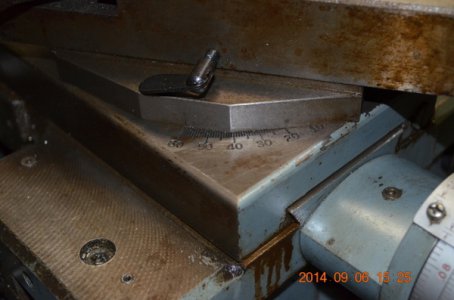
I grabbed the protractor to see what readings I can get. Ran it against the 2 different angles to see which one is really the correct one and which one to adjust to as needed. It looks like one is closer in reading to the graduations against the point where the 2 angle cuts meet. Should I adjust this? I read for general purpose work, 29-30 works fine, should I move the angle following the machine markings or use a protractor? Is this critical? I am assuming for reference "zero"
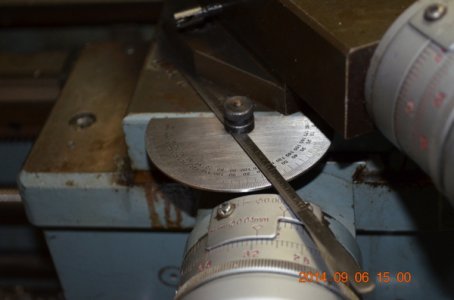
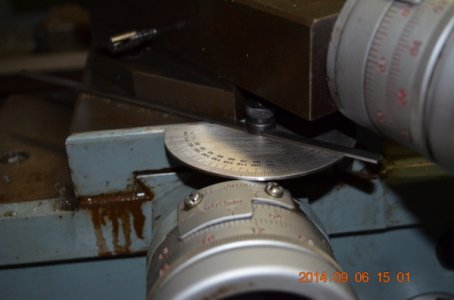
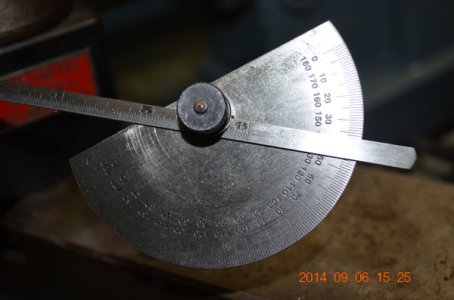
The AXA tool post appears to biased to the right side, is there a reason for this? Should it be centered? Again, all these are as they came from the previous owner.
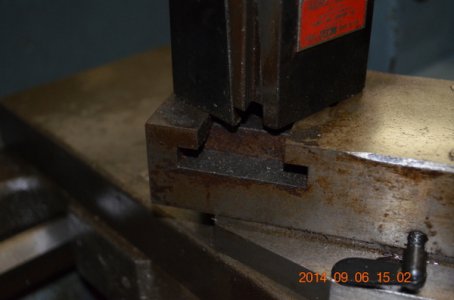
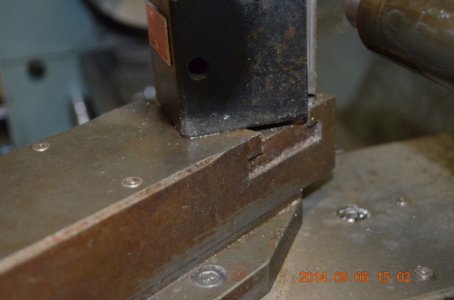
Thank you!
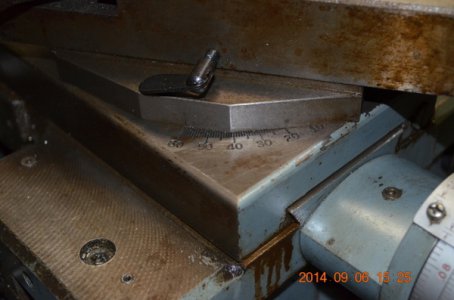
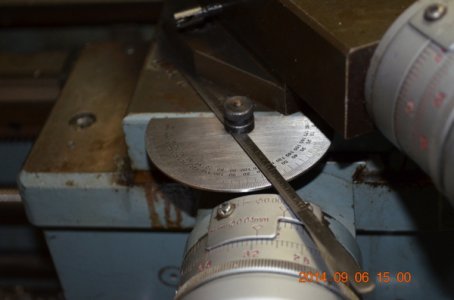
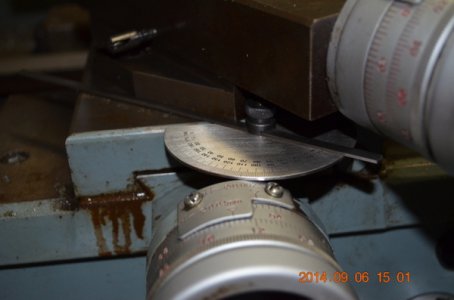
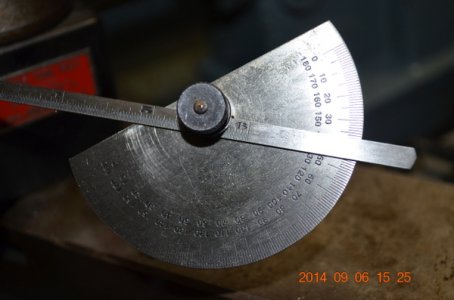
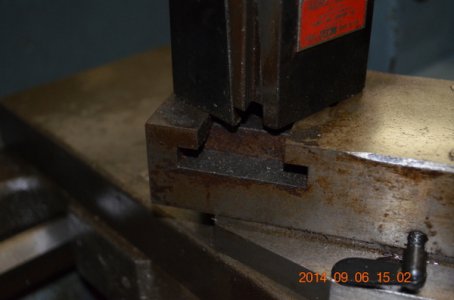
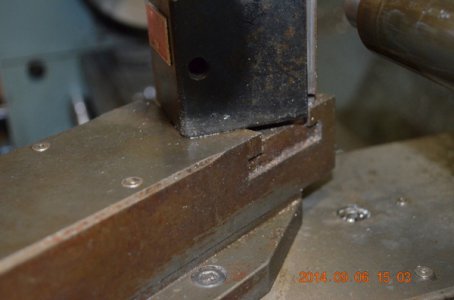
Here is the first installment

I grabbed the protractor to see what readings I can get. Ran it against the 2 different angles to see which one is really the correct one and which one to adjust to as needed. It looks like one is closer in reading to the graduations against the point where the 2 angle cuts meet. Should I adjust this? I read for general purpose work, 29-30 works fine, should I move the angle following the machine markings or use a protractor? Is this critical? I am assuming for reference "zero"



The AXA tool post appears to biased to the right side, is there a reason for this? Should it be centered? Again, all these are as they came from the previous owner.


Thank you!






